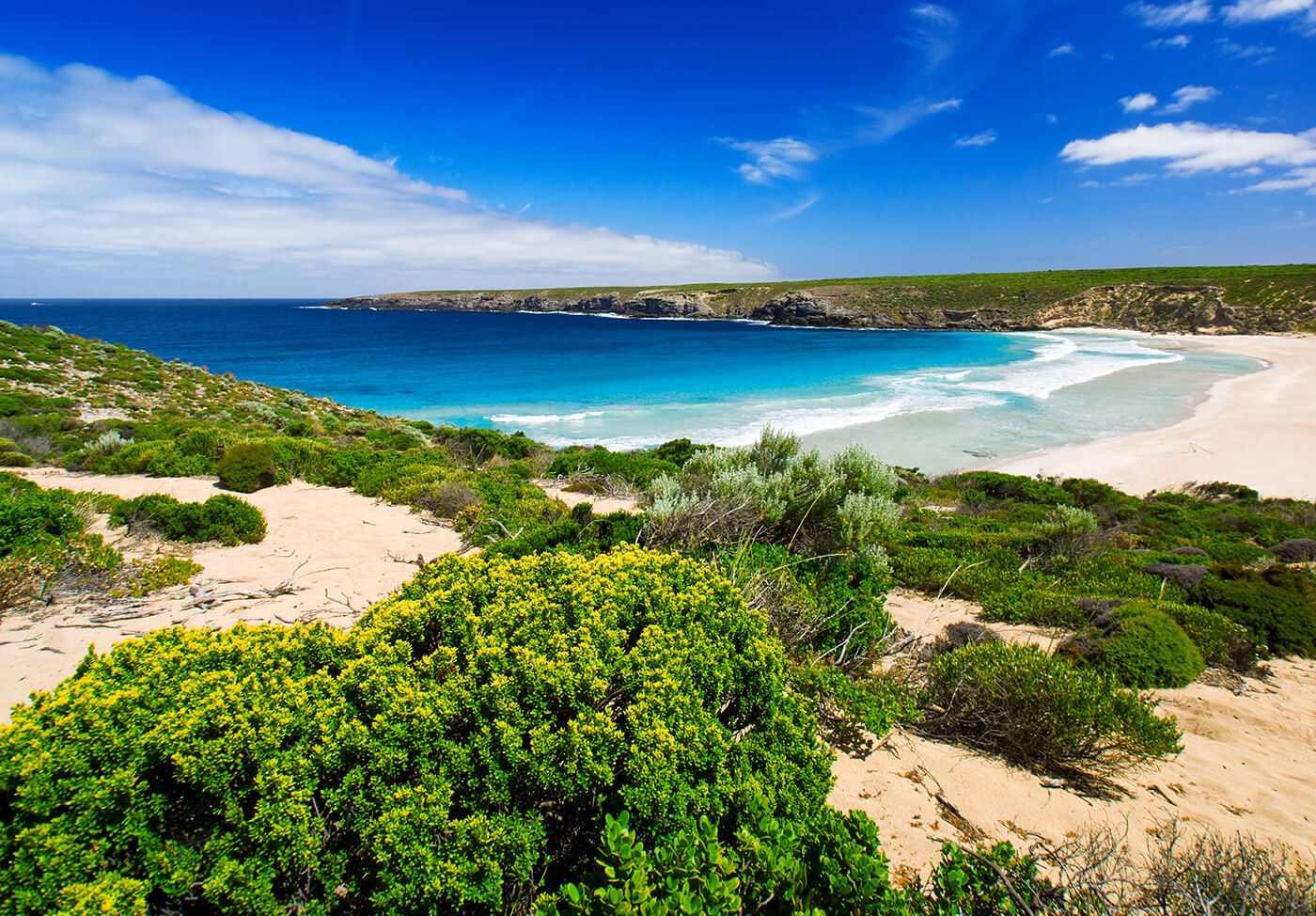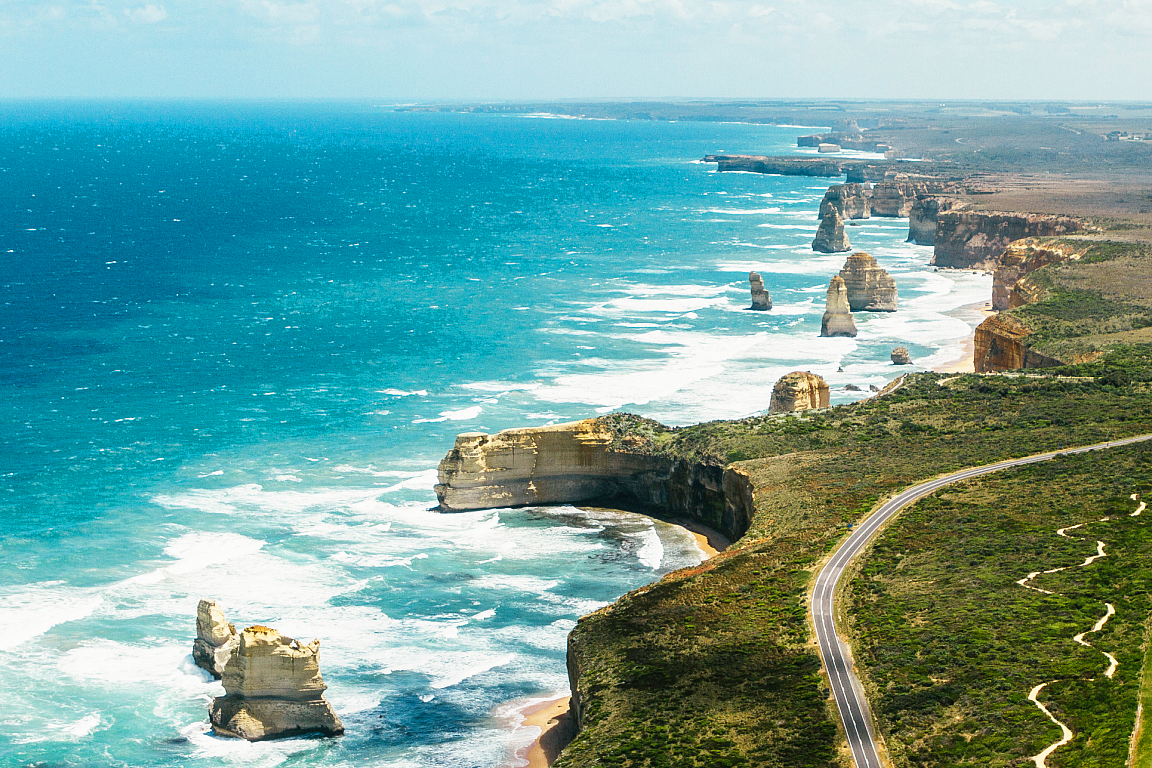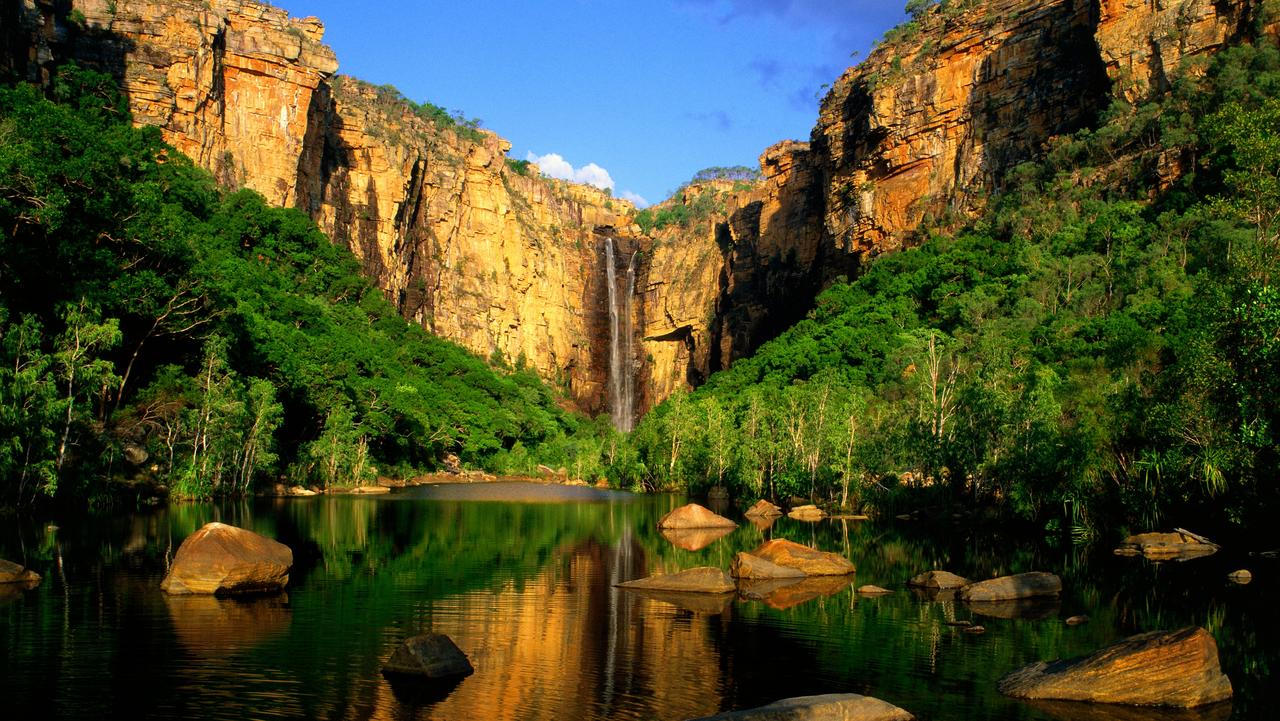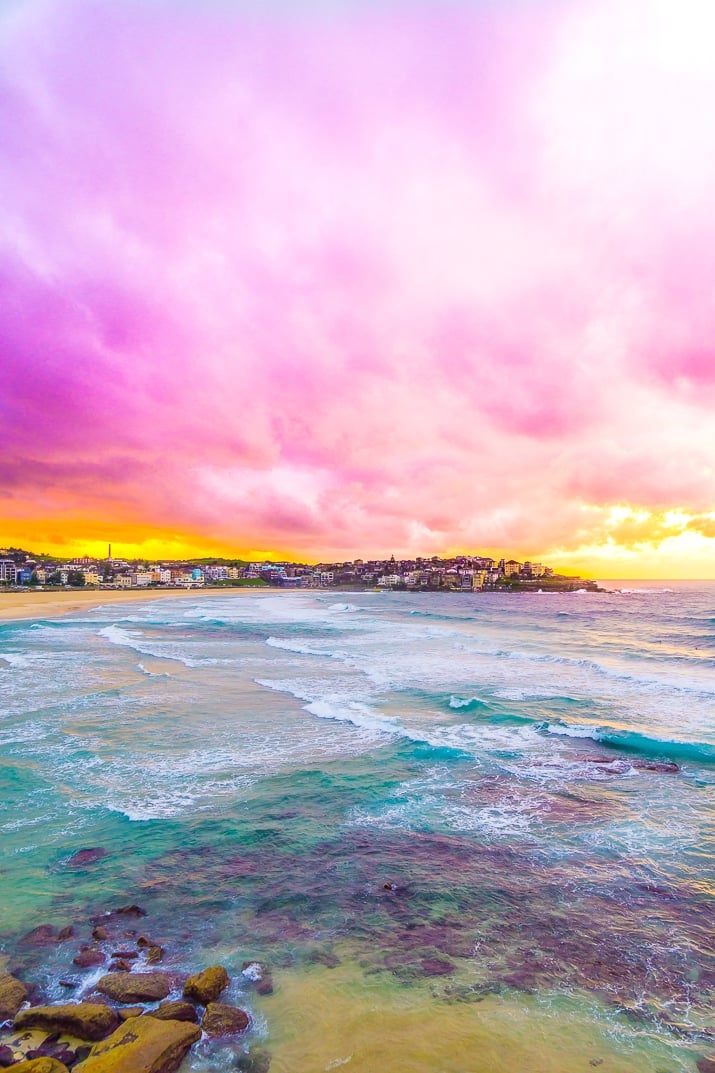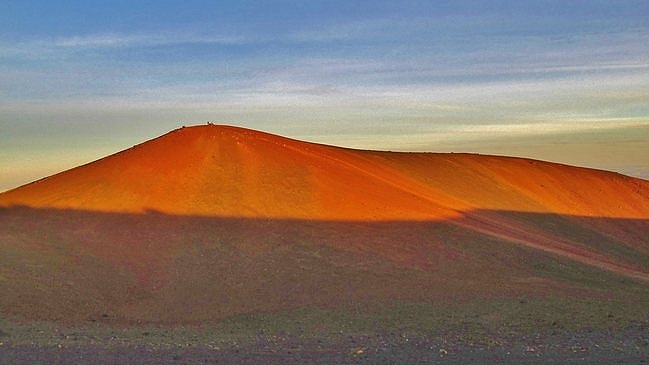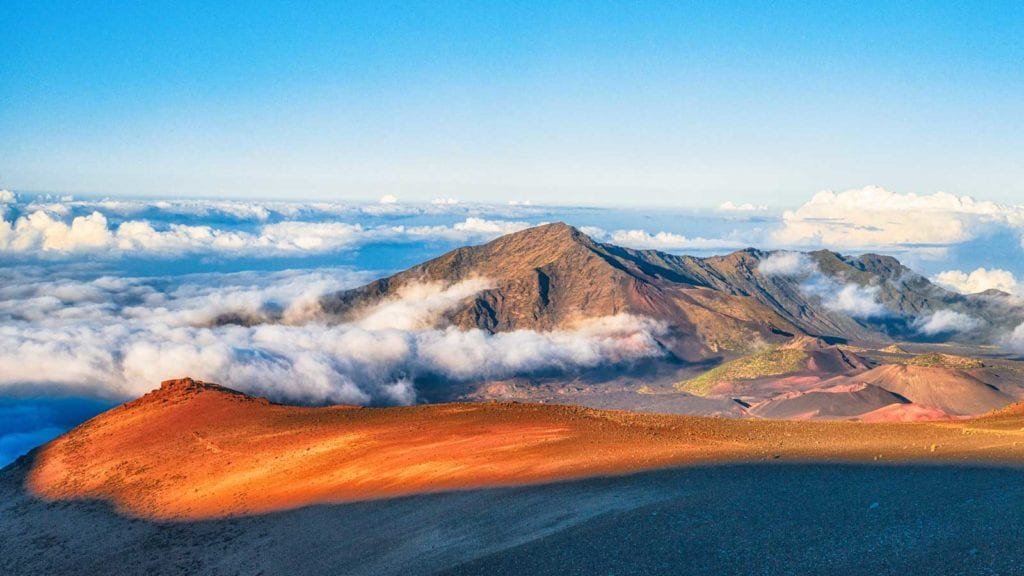La Sagrada Familia, Barcelona

La Sagrada Familia at a Glance
The Sagrada Familia has grown famous for superbly representing Antoni Gaudi's unique style, which combines elements of Art Nouveau, Catalan Modernism and also Spanish Late Gothic design. The theme of nature dominates symbolically and figuratively in Gaudi's design.
La Sagrada Familia is truly an extraordinary church situated in Barcelona, Spain. The architect responsible for designing this masterpiece is Antoni Gaudi, who has a number of world-famous gems scattered all over Barcelona but lacking La Sagrada Familia's fascinating background. Here's my list of incredible facts you must know before visiting this magnificent work of art.
La Sagrada Familia: 18 Fascinating Facts You Must Know
1. It has been in the State of Construction for more than a hundred years!
Its construction project first started in 1882. But when Gaudi died untimely in 1926, just one-fourth of the basilica saw completion. Even though he devoted his last years to the project, everyone realized it would never see total completion in his lifetime. By now, it's thought of as entering its final phase of construction and estimated to be fully completed by the year 2026.
2. The Structure has Consumed More Time to Build Than Imagined
Although 150 years is surely a very long time to construct anything, ponder on this: by the time La Sagrada Familia gets finished, it'll have taken a longer time-period to erect than any of the Egyptian Pyramids.
3. A School Used to Exist Here
During the beginning of the construction of La Sagrada Familia, Gaudi went so far as to build a school nearby, named the Sagrada Familia Schools building, which was intended for the construction workers' children to attend as their fathers labored day and night constructing one of Europe's most outstanding structures. Designed and built in 1909, this school now serves as an exhibition, along with the Sagrada Familia.
4. It All Started with One Bookseller and an Architect
Josep Bocabella, while visiting the Vatican, wanted to see a church similar to Italian ones, to be constructed in Spain. Financed via private donations, initial construction began in 1882, supervised by the architect Francisco Paula de Villar. If the project went on under him, La Segrada Familia would surely have ended up being just another Gothic revival church. But, he turned in his resignation a year later and then Antoni Gaudi took charge. With just the apse crypt finished, Gaudi dramatically modified the plans giving the world today's La Sagrada Familia.
5. Computers are Speeding up its Construction
When construction started towards the end of 1800, there existed zero computers to help with the enormous project. Builders and designers had to use paper sketches to accurately piece together this huge structure. But thanks to modern technology, progress advances fast.
6. It Earned a UNESCO World Heritage Status
Despite being still far off from seeing total completion, La Sagrada Familia received UNESCO World Heritage designation in 1984 due to its exceptional architecture and the architect's talent for creating something so artistic and novel.
7. It Went from a Humble Church to a Basilica
When construction was initiated, La Sagrada Familia was assumed it would be an ordinary Roman Catholic church. But some time later, it grew in status as a cathedral. And finally, Pope Benedict XVI announced it to be a basilica in 2010, the greatest honor it can possibly receive, in religious terms.
8. All of the Eighteen Towers are Important
When it's finished, it'll have no less than 18 towers, 12 representing the apostles, four the evangelists, one the Virgin Mary, and the tallest one in the center, Jesus Christ. Today, only eight towers stand.
9. The Founding Father is Buried Here
La Sagrada Familia houses Antoni Gaudi's tomb, who suffered the fate of dying after getting run over by a tram. Situated in the structure's underground level, tourists can visit the tomb. Four chapels surround the tomb which is kept in the chapel devoted to the El Carmen Virgin.
10. People have Attempted to Destroy it
During the Spanish Civil War in 1936, anarchists illegally entered the structure and lit the crypt on fire. Many significant construction-related materials were lost except for a few. At this point in history, the whole construction process was painfully slow.
11. The Controversial Facades
La Sagrada Familia has three facades. Gaudi finished the Nativity Facade. The Glory Facade and the Passion Facade were completed much later. But when the notable sculptures representing Jesus Christ on the cross were included in the Passion Facade, several people complained that since they were too abstruse, it subtracted from Gaudi's vision and style as an architect and artist.
12. Nature was a Major Influence on the Design
Despite the majority of churches and cathedrals having straightforward buildings, Gaudi thought that things must be constructed to resemble nature. He would actually experiment by hanging a heavy string from any ceiling to watch how arches would form naturally, and designed the structure's interior according to what he observed.
13. The Height is Extraordinary
Upon completion, La Sagrada Familia will be Europe's highest religious structure. The main tower in the center will soar 170 meters into the sky. Although boasting a towering height, Gaudi held the firm belief that no man-made construction must ever try to rival God's work. So, it's no coincidence that such a masterpiece's height will not tower above Montjuic, Barcelona's mountain and the city's tallest point; it will be one meter less.
14. Elevators Inside
If you know how narrow the towers are, you may wonder how elevators got installed in the first place. Willy Wonka made elevators that take tourists from the structure's lowest to the highest parts. But when you leave them, you'll have to climb through narrow pathways and staircases to reach the towers so you could then enjoy lovely sights of the city.
15. Pure and Geometric
Gaudi's design originally for the church was conceived with the forward thinking that all architects coming after him would better understand the drawings and resume the construction. In addition, he created models of the Glory Facade so future architects could base their designs in line with his vision. Also, knowing already that he wouldn't complete the church before he died, he arranged the construction to happen in stages; this was done to help other architects to come after him to contribute their own style to the church's design.
16. Magic Square Found on the Passion Facade
The Passion facade hosts a 4x4 Magic Square which has been perplexing many people. One camp says the magic constant is 33, indicating Jesus Christ's age before his ascension. Another camp argues that 33 tells about Gaudi's Freemanson history. He appears to have kept the mystery of the magic square to himself, leaving us to speculate and come up with all sorts of theories.
17. The Inherent Symbolism
Gaudi's structure is loaded with a lot of symbolism. Besides the religious ones, you ought to watch for two symbols, in particular. Look for the interior pillars which really resemble trees, and while looking up their shapes change often just as real trees do. Then, you'll see a turtle and tortoise carrying these pillars, symbolizing the sea and earth.
18. Your Visit Helps its Progress
If you're considering visiting La Sagrada Familia some time in the near future, don't hold back. The 3 million visitors each year contribute financially to the project, for it costs about 25 million euros yearly. Because of your entrance payment of your visit, you could honestly claim that you've helped in the building of a hundred-year-old masterpiece.
7 Top Tips for Saving Money When Visiting Spain


